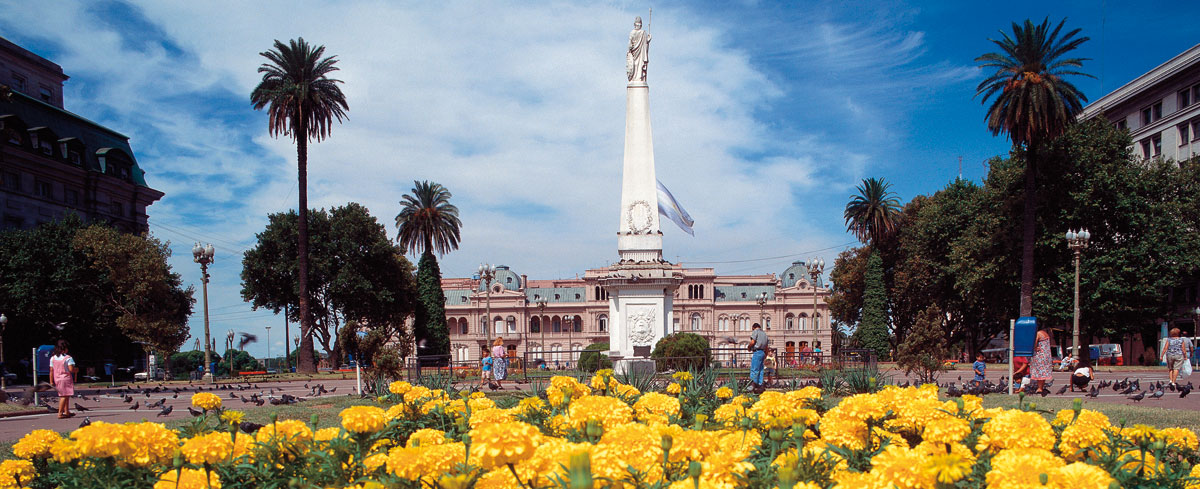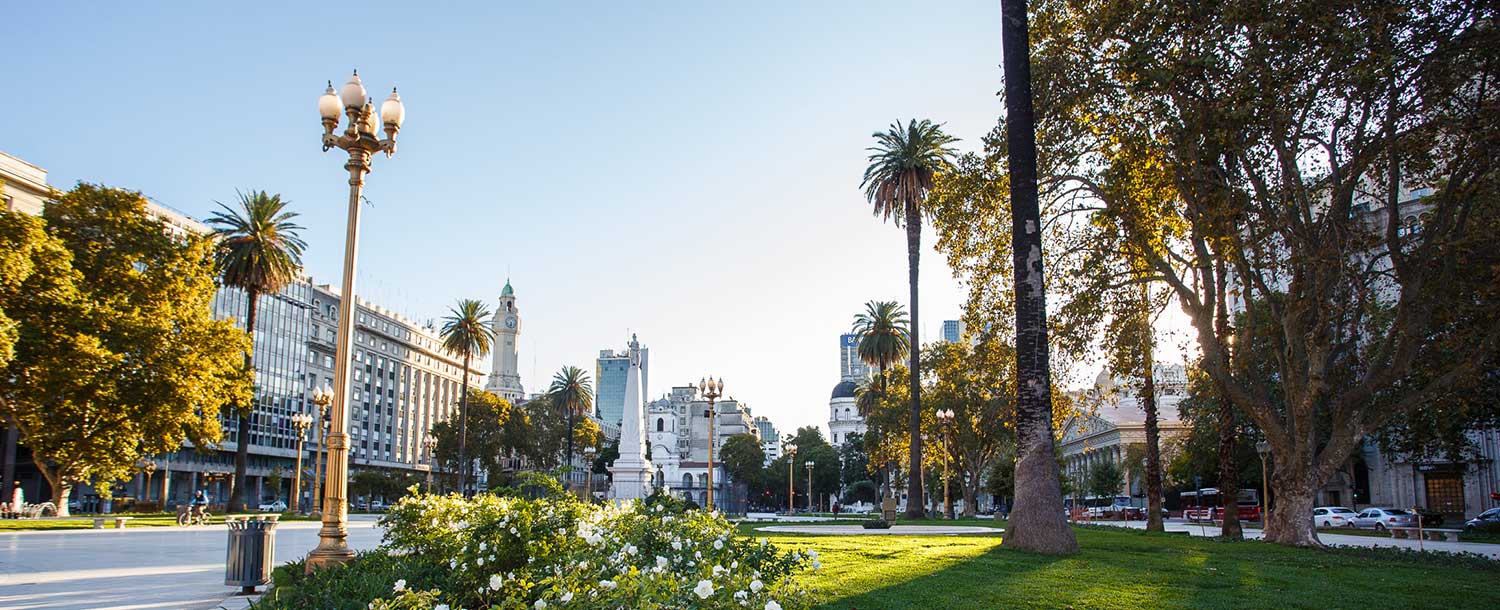Plaza de Mayo
Present in tours
The Plaza de Mayo is the oldest public square in Buenos aires, and has been the scene of many of the most important events in the city's history, from the second founding of the city in 1580, through the revolution of independence, to more recent political demonstrations.
The square is named after the Argentine revolution, which began on May 25, 1810. Around the square are several important buildings: the Cabildo, the Metropolitan Cathedral, where Pope Francis conducted mass for 20 years, the Casa Rosada, seat of the national government, the national revenue office (AFIP), the national bank and the intelligence secretariat.
As well as being the site of the May revolution, the square was also the location for Argentina's first political rally in 1890. It has remained the focal point for public gatherings, either in support of or to protest against successive governments ever since, a tradition that reached its apex with the crowds that came to hear Eva "Evita" Perón speak from the balcony of the Casa Rosada in the late 1940s.
The Madres de la Plaza de Mayo (Mothers of the Plaza de Mayo) began meeting in the square in 1977 to demand information about their missing children during Argentina's last military dictatorship. They continue to meet in the square and march around the May Pyramid every Thursday at 3.30pm.
Trivia
Bull running was held in the plaza until shortly after the revolution.


